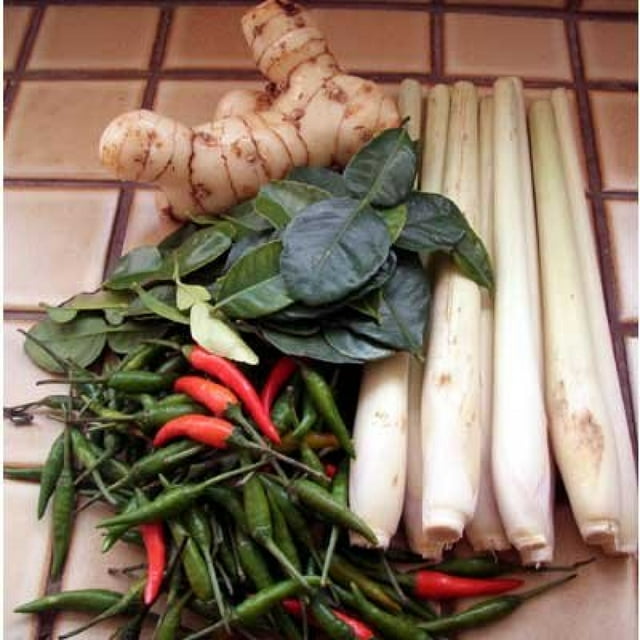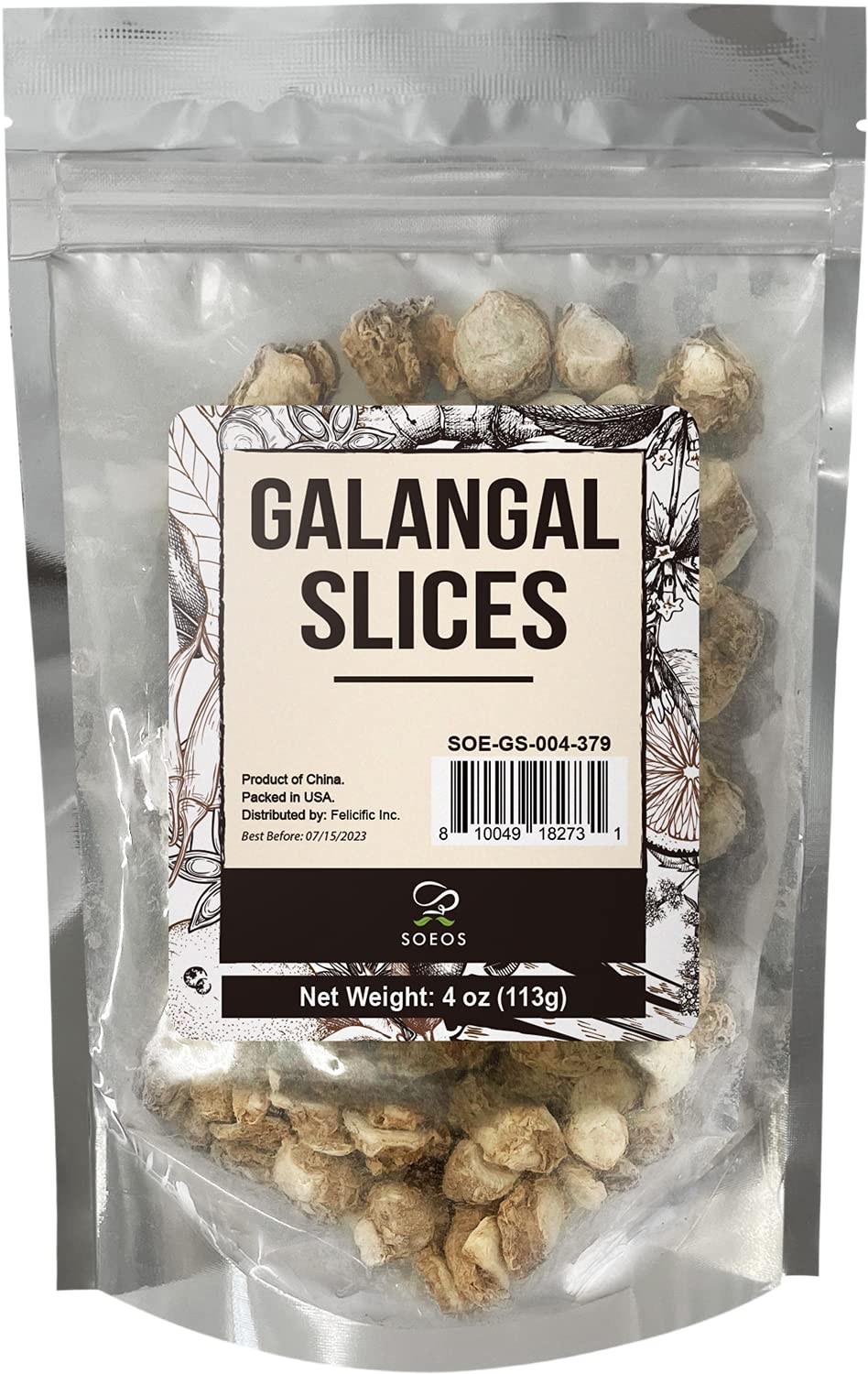Tom Yum Soup, or tom yum goong as it's known in Thai, is a beloved and iconic dish that has captured the hearts of food lovers around the world. Known for its bold, tangy, and spicy flavor profile, this soup is a perfect example of how simple ingredients can come together to create something extraordinary. While many might think making authentic Tom Yum at home is challenging, the truth is that with the right ingredients and techniques, it’s surprisingly easy. In this article, we’ll explore the history of Tom Yum, the key ingredients you need, and a step-by-step guide to making this delicious soup right in your kitchen.

What Is Tom Yum Soup?

Tom Yum Soup is a sour Thai soup that typically features shrimp, which gives it the name tom yum goong. It is characterized by its vibrant flavors, which are achieved through a combination of tartness, spiciness, and umami. The broth is infused with fragrant herbs and aromatics such as lemongrass, galangal, kaffir lime leaves, and Thai bird’s eye chilies. Fish sauce adds depth and saltiness, while fresh lime juice provides a bright, refreshing finish.
While there are many variations of Tom Yum, including versions with chicken, seafood, or even coconut milk, the classic version is made with a clear broth and focuses on the natural flavors of the ingredients. This recipe emphasizes the use of whole shrimp, which not only enhances the flavor but also adds a rich, savory depth to the soup.
Key Ingredients for Authentic Tom Yum Soup

To make an authentic Tom Yum Soup, you'll need several specialty ingredients that are essential to achieving the signature flavors:
1. Lemongrass
Lemongrass is a staple in Thai cuisine and is used to add a citrusy, aromatic note to the soup. It should be fresh, with pale green stalks and no brown spots. If you can't find fresh lemongrass, frozen or dried versions can work, though they may not deliver the same level of flavor.
2. Thai Bird’s Eye Chilies
These small, fiery peppers are the source of the soup’s heat. They come in both red and green varieties and are usually sold in large packs, so it's best to freeze any unused portions for later use.
3. Kaffir Lime Leaves (Makrut Lime Leaves)
These leaves have a distinct citrus aroma and are essential for adding that signature Thai flavor. They are often found in Asian markets, either fresh or frozen. If using fresh leaves, they can be frozen for future use.
4. Galangal
Similar to ginger but with a more peppery and slightly sour taste, galangal is another key ingredient. It can be found fresh or frozen in Asian grocery stores. If you can't find it, you can substitute with ginger and a pinch of black pepper.
5. Thai Chili Paste (Nam Prik Pao)

This paste adds a sweet and spicy kick to the soup. It contains ingredients like fried chilies, garlic, shallots, and shrimp paste, making it a great addition for those who enjoy a bit more complexity in their flavors.
6. Fish Sauce
Fish sauce is a cornerstone of Thai cooking, providing a deep umami flavor. It's important to choose a high-quality brand, such as Red Boat, for the best results.
7. Whole Shrimp
Using whole shrimp with the heads and shells on allows for a richer, more flavorful broth. However, if you're not comfortable handling whole shrimp, you can still use shell-on shrimp and make a stock from the shells.
How to Make Tom Yum Soup at Home
Making Tom Yum Soup at home is straightforward, but it requires attention to detail to ensure the flavors are balanced and the broth is rich and aromatic. Here's a step-by-step guide to help you recreate this dish in your kitchen:
Step 1: Prepare the Shrimp
Peel the shrimp and remove the heads. Reserve the meat and the shells separately. The shells will be used to make a flavorful stock.
Step 2: Make the Stock
Heat a tablespoon of oil in a wok over medium-high heat. Add the shrimp shells and heads and stir-fry for 1-2 minutes until they turn a bright orange color. Add 3 cups of water and bring to a simmer. Cover and let it simmer for 10 minutes. Strain the liquid and set it aside.
Step 3: Add Aromatics
Trim the lemongrass, removing the dry outer layers and smashing the center with a mallet. Cut it into 2-inch pieces and add it to the pot. Also add sliced shallots, cilantro stems, galangal slices, kaffir lime leaves, and smashed Thai bird’s eye chilies. Bring to a simmer, cover, and cook for 10 minutes.
Step 4: Add Vegetables and Seasonings
Add mushrooms and simmer for another 5 minutes. Stir in sugar, Thai chili paste, and fish sauce, ensuring the paste dissolves completely. Finally, add the shrimp and cook for 30 seconds to 1 minute, depending on their size.
Step 5: Finish with Lime Juice
Transfer the soup to serving bowls and add fresh lime juice. Garnish with cilantro leaves and serve immediately.
Variations and Tips
There are many ways to customize your Tom Yum Soup to suit your taste preferences. Some popular variations include:
- Creamy Tom Yum: Add evaporated milk or coconut milk for a richer texture.
- Tom Yum Gai: Use chicken instead of shrimp for a different flavor profile.
- Tom Yum Po Taek: Incorporate mixed seafood for a more complex taste.
If you're short on time, you can use frozen peeled shrimp and skip the shell stock. Additionally, freezing leftover broth is a great way to save time for future meals.
Final Thoughts
Tom Yum Soup is a testament to the power of simple, fresh ingredients and traditional techniques. By following this recipe, you can bring the flavors of Thailand into your own kitchen. Whether you're a seasoned cook or just starting out, making Tom Yum at home is a rewarding experience that showcases the beauty of Thai cuisine.